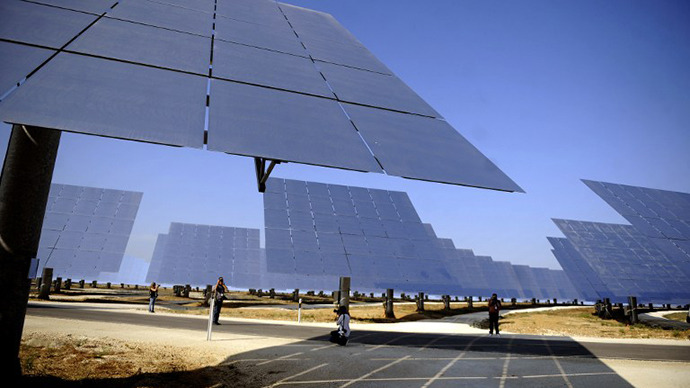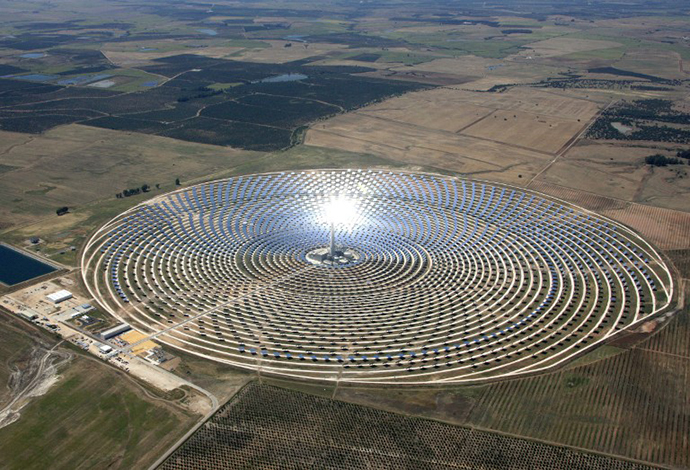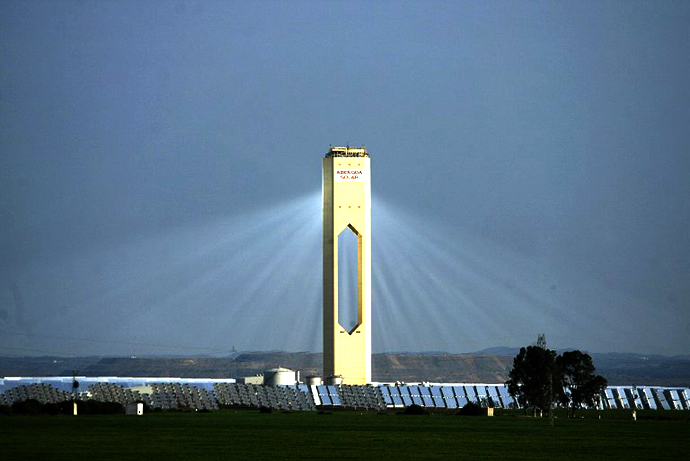Solar power can outshine oil in a few decades - Shell

World demand for oil will reach its peak between 2035-2040, after which solar power or gas will take the lead a study by Royal Dutch Shell predicts.
After research into global energy prospects, Shell has come up
with two possible scenarios called ‘Mountains’ and ‘Oceans’. The
first one predicts slow international economic development and the
markets largely controlled governments that will stimulate nuclear
energy exploitation.
It also suggests that ecology-friendly natural gas will become
the backbone of the world’s energy system substituting coal as the
main fuel in electricity generation. In this case, there will be
some changes in transportation, with trucks and cars largely
powered by electricity and hydrogen, and CO2 emissions will be
reduced.
The second forecast, ‘Oceans’, considers a more dynamic and
‘fluid’ global economy where reforms trigger a productivity growth
and whose development will be determined largely by market forces
and civil society, with a smaller role of government.

Energetically speaking, this scenario focuses on solar power that can become the dominant energy source overshadowing the traditional ones in 2060s-2070s as high energy prices unlock more expensive resources and technologies. Renewable energy could reach “60-70% saturation if the time horizon is extended still further,” Shell reported in its study. If this is the case, nuclear energy development will be restrained by the popular concern while coal will continue to be widely used in electricity generation, Shell experts predict.
“Despite their differences, in both scenarios energy consumption is about 80% bigger in 2060 than it is now,” said Jeremy Bentham, responsible for Shell’s Global Business Environment team.
Oil consumption has already lowered in some countries, for example in US, falling last year to its lowest level since 1996. The demand for oil has been declining every month except May, and at the end of the year decreased by 2.08% to 18.56 million barrels per day.














